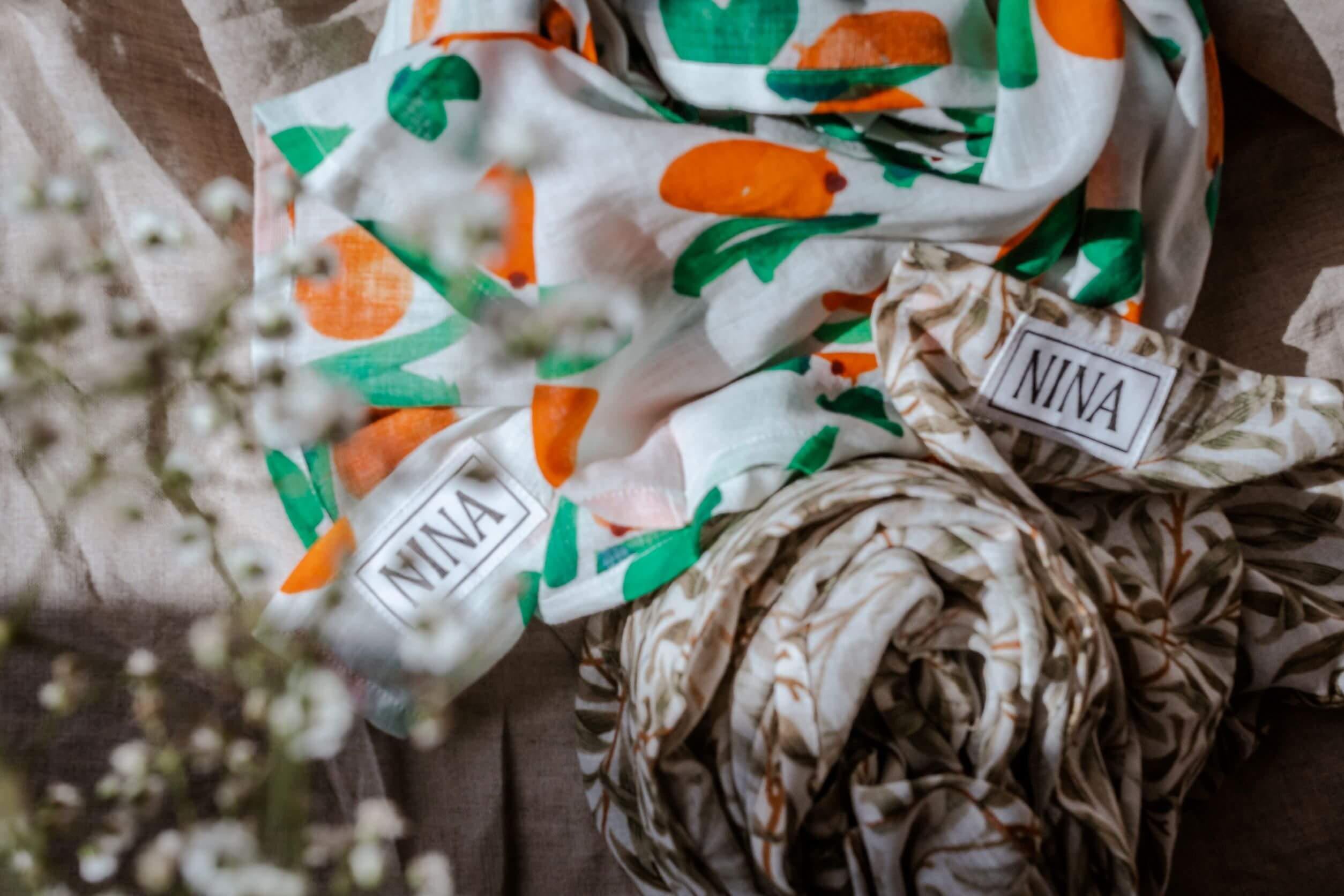It clothed statues of goddesses in ancient Greece. Delighted Jane Austen and Marie Antoinette. Stoked controversy over its transparent nature.
Some said it was woven by fairies and mermaids. Others described it as ‘evening dew’ and ‘flowing water’.
We’re talking about none other than…muslin!
Light, airy, silky, soft, breathable. All the reasons why it makes the perfect material for babies.
This is a story that starts in Bangladesh, in the 17th century, with a specific type of muslin – the Dhaka muslin.
And what a story it is.
This type of cotton was harvested from the banks of a holy river in Dhaka.
This cotton was shorter, its fibres were frayed, and it grew yellow flowers.
Back then, instead of a ginning factory to clean the cotton, they used catfish teeth.
(I honestly haven’t made this up - the reputable BBC is to thank for this knowledge).
And because the cotton fibres were shorter, the spinning required humidity. So boats were used and the fibres were spun out on the river at the most humid times of day.
Wow.
It was more valuable than silk, and a yard of this muslin sold for over £5,000.
Sadly the industry disappeared during colonial rule, along with all the know-how and the technical expertise.
Less wow.

In 2014, a project, backed by the Bangladeshi government, was launched to try to bring back this special muslin fabric.
Amazingly they found some of the original leaves preserved at the Royal Botanical Gardens at Kew. This gave them the DNA.
They roamed the banks of the river in Bangladesh and found a plant that was a 70% match.
Fast-forward to 2021 and the team have made several saris from their hybrid muslin, none quite yet at the same standard but they hope to get there soon.
What a fascinating story. So much more to the muslin than first meets the eye!
So now we know the history of the muslin, but there are more pertinent questions for first time parents!
What is a muslin? Why do I need a muslin? What are the benefits of muslins?
It’s a long way to go back - to the 17th century in Bangladesh. But you could say the general gist of this is still true. It is still a magical material.
It lets air circulate more freely around the baby which helps with temperature regulation. It’s soft and silky, especially when it’s 100% organic cotton, making it good for delicate skin (I’ve had eczema forever so I know how stressful it can get when skin is aggravated). And it’s light and breathable so dries very quickly.
Practically it’s a winner too. You can use a muslin blanket to mop up spills and sick; it can serve as a sunshade when draped over a pram; or on those chillier days it can act as another layer of warmth.
Then there’s the option of using a muslin for swaddling your baby. To help soothe your baby and to encourage longer and deeper sleep. To recreate the calming safety of being in the womb.
The science and stories behind this are also fascinating. For another time!
For now, shop our collection of muslin blankets for babies here.

